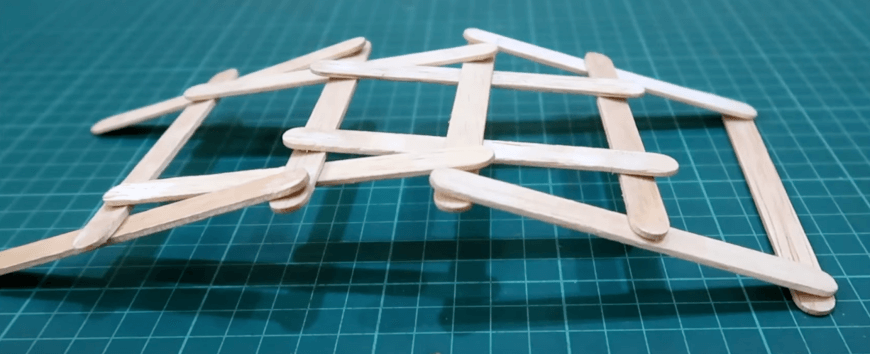2025-04-07 ワシントン州立大学 (WSU)
<関連情報>
- https://news.wsu.edu/press-release/2025/04/07/researchers-watch-a-single-catalytic-grain-do-work-in-real-time/
- https://onlinelibrary.wiley.com/doi/10.1002/anie.202423434
環境アトムプローブによる鉄酸化における電場の役割の解明 Elucidating the Role of Electric Fields in Fe Oxidation via an Environmental Atom Probe
Dr. Sten V. Lambeets, Naseeha Cardwell, Dr. Isaac Onyango, Mark G. Wirth, Eric Vo, Prof. Yong Wang, Prof. Pierre Gaspard, Prof. Cornelius F. Ivory, Dr. Daniel E Perea …
Angewandte Chemie International Edition Published:17 February 2025
DOI:https://doi.org/10.1002/anie.202423434
Graphical Abstract
Field-Assisted Fe Oxidation imaged by Environmental Atom Probe. The oxidation of iron (Fe) at the tip of a sharp needle under high electrostatic fields has been visualized using an Environmental Atom Probe (EAP) and corroborated through Density Functional Theory (DFT) calculations and a mean-field model applied to a multi-faceted catalytic grain, alongside statistical-mechanical analyses. EAP observations underscore the impact of surface structures, revealing that Fe oxidation predominantly occurs on exposed facets such as Fe{244} and Fe{112}, while facets with higher coordination numbers like Fe{024}, Fe{013}, and Fe{011} exhibit comparatively lower levels of oxidation. Intense electrostatic fields exert a significant influence on Fe oxidation by polarizing and attracting gas molecules toward the surface, thereby effectively raising the local pressure via enhanced electric field concentrations at the tip‘s apex.
Abstract
We quantify the effects of intensely applied electric fields on the Fe oxidation mechanism. The specimen are pristine Fe single crystals exposing a variety of surface structures identified by field ion microscopy. These crystals are simultaneously exposed to low pressures of pure oxygen gas, on the order of 10−7 mbar, while applying intense electric fields on their surface of several tens of volts per nanometer. The local composition of the different surface structures is probed directly and in real time using an Environmental Atom Probe and successfully compared with first principles-based models. We found that rough Fe{244} and Fe{112} facets are more reactive toward oxygen than compact Fe{024} and Fe{011} facets. Results demonstrate that the influence of an electric field on the oxidation kinetics depends on the timescales that are involved as the system evolves toward equilibrium. The initial oxidation kinetics show that strong increases in electric fields facilitate the formation of an oxide. However, as one approaches equilibrium, high field values mitigate this formation. Ultimately, this study elucidates how high externally applied electric fields can be used to dynamically exploit reaction dynamics at the nanoscale towards desired products in a catalytic reaction at mild reaction conditions.




